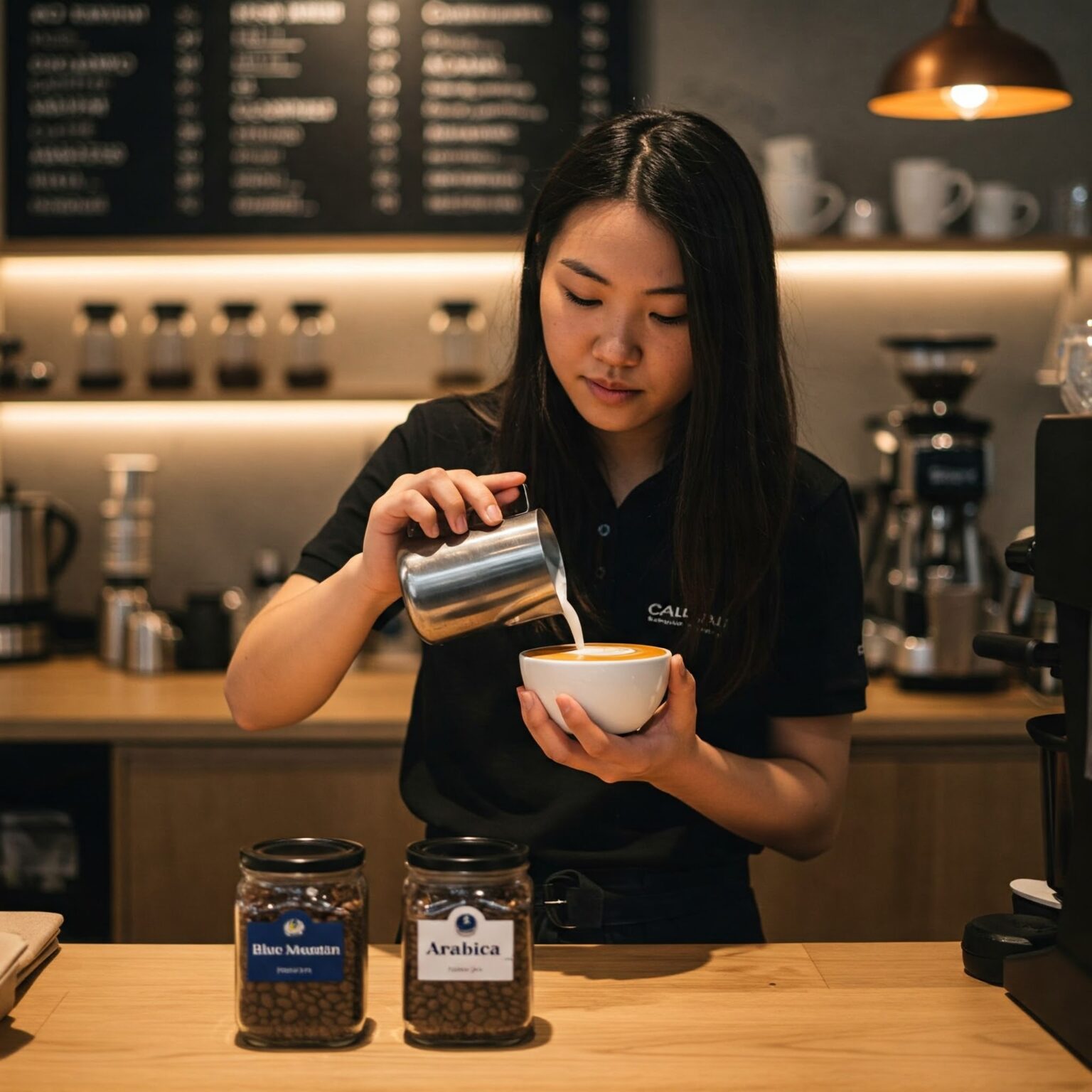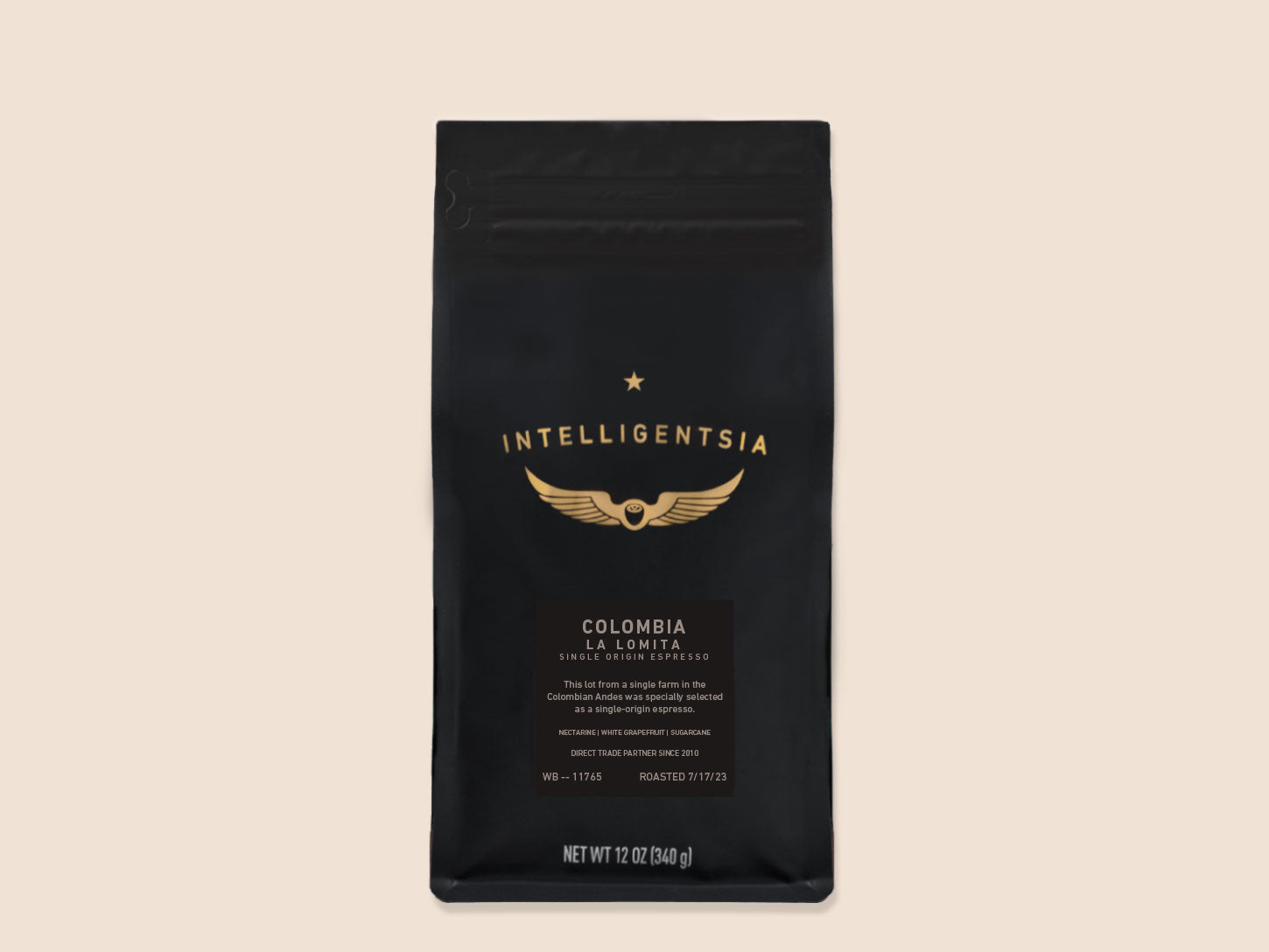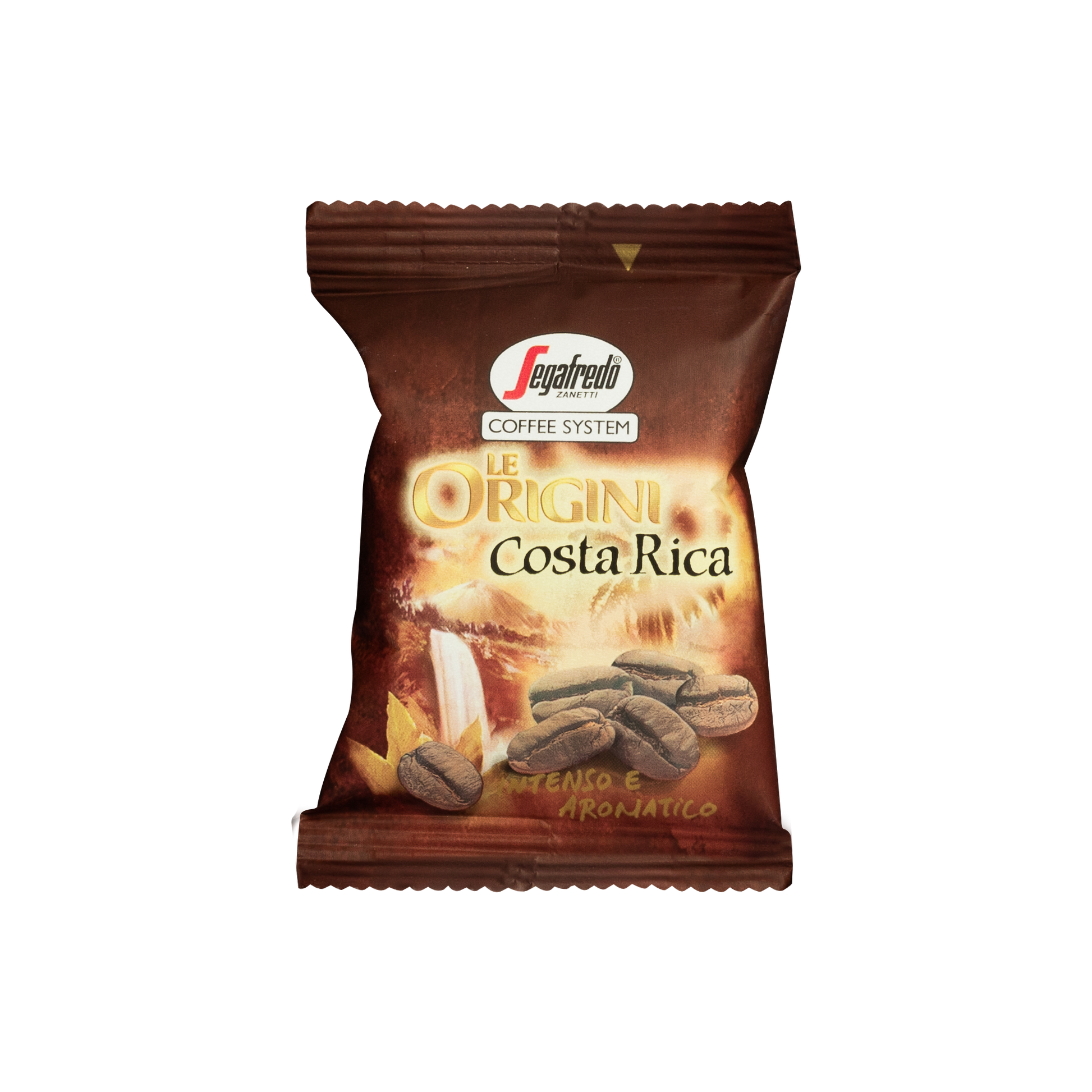Top Cafés Serving SOE Single Origin Espresso Near You
Coffee Beans 101: Every Little Thing You Need to Find Out About Coffee and Blended Coffee Beans
When it comes to coffee, comprehending the subtleties of espresso and combined beans can transform your day-to-day mug. From the growing procedure to roasting techniques, every action plays a role in your coffee experience.
Recognizing Coffee Beans: Kinds and Ranges
When diving into the world of coffee, recognizing the kinds and selections of coffee beans is necessary for every single enthusiast. You'll mostly encounter two major types: Arabica and Robusta. Arabica beans are known for their smooth, complicated flavors and lower high levels of caffeine content, making them a preferred among coffee enthusiasts. On the other hand, Robusta beans pack a punch with a stronger, much more bitter taste and higher caffeine levels, often made use of in espresso blends.
Within these varieties, you'll find various local varieties, each bringing special qualities. For example, Ethiopian Yirgacheffe uses brilliant flower notes, while Colombian beans offer a well-balanced taste profile. As you discover, bear in mind to take note of handling approaches like cleaned or natural, as they can considerably influence the last taste. By familiarizing yourself with these beans and their flavors, you'll raise your coffee experience and make even more informed selections in your brewing trip.
The Expanding Refine: From Seed to Bean
When you check out the journey of coffee, everything starts with seed selection strategies that set the structure for high quality. From there, farming and gathering play essential duties in making certain the beans prosper. Lastly, handling methods change those harvested cherries into the coffee beans you enjoy.
Seed Selection Techniques
Selecting the right seeds is important for generating top quality coffee beans, as it lays the foundation for the whole expanding process. Pay interest to the seed's age and storage space conditions, as fresh seeds have a tendency to sprout much better. Think about the disease resistance of various varieties, as this can significantly impact your return.
Cultivation and Harvesting
As you support your coffee seeds into growing plants, comprehending the cultivation and harvesting process is essential for accomplishing the most effective flavor and quality. Start by growing your seeds in well-draining soil, preferably in a shaded location to secure them from direct sunshine. As your plants expand, preserve regular wetness, and be conscious of their demand for nutrients. Prune consistently to promote air flow and healthy and balanced growth.
Hand-picking is typically the best approach to guarantee just the ripest cherries are selected. Timing is vital; collecting too very early or too late can affect the taste account of your beans.

Handling Methods Discussed
When you've harvested your coffee cherries, the next vital action is refining them to change those vivid fruits right into the beans you'll make. There are two primary approaches: the wet process and the dry process. In the dry procedure, you spread out the cherries out in the sun to completely dry, enabling the fruit to ferment and impart unique flavors to the beans. On the various other hand, the wet process includes eliminating the fruit immediately and fermenting the beans in water, causing a cleaner preference. After handling, the beans are hulled, sorted, and normally dried out once more. Each technique influences the taste account, so exploring with both can help you discover your favored brew. Understanding these methods is vital to appreciating your coffee experience.
Toasting Techniques: Just How Flavor Is Created
When it comes to toasting coffee beans, comprehending roast levels is vital to disclosing their distinct tastes. Each roasting technique influences the fragrance and enhances the taste advancement process, giving you a richer coffee experience. Let's check out how these aspects collaborated to elevate your everyday mixture.
Roast Degrees Clarified
Roast levels play a crucial role fit the taste profile of your coffee. You'll delight in intense level of acidity and fruity notes when you choose a light roast. As you relocate to a medium roast, you'll notice an equilibrium of sweetness and complexity, usually highlighting chocolate or sugar tastes. Dark roasts, on the other hand, supply bold, great smoky qualities with much less acidity, making them abundant and robust. Each degree arises from various roasting times and temperatures, influencing the beans' chemical structure. By comprehending these levels, you can much better choose a coffee that matches your taste preferences. Experiment with various roasts to uncover which one reverberates with you, boosting your overall coffee experience and enjoyment.
Influence On Fragrance
The roast level not just affects the taste of your coffee yet also substantially influences its aroma. When you pick a light roast, you'll usually notice brilliant, flower notes that can make your coffee odor lively and fresh. As the beans dim, the scent changes; a medium roast highlights much more balanced, caramelized aromas, while a dark roast tends to feature strong, smoky undertones. Each roasting method launches different unstable substances, forming just how your coffee scents. In addition, the freshness of the beans plays an essential function; newly roasted coffee releases much more aromatic oils, boosting that enticing scent. So, focus on the roast level-- it's vital to exposing the complete aromatic experience of your brew.
Flavor Advancement Refine
As you check out the flavor growth procedure, you'll find that roasting strategies play a crucial duty fit the taste account of your coffee. The toasting temperature and time directly affect the acidity, sweet taste, and resentment of the beans. Light roasts retain more of the bean's original tastes, highlighting fruity and flower notes. Medium roasts balance level of acidity and body, supplying a well-rounded taste. Dark roasts, on the other hand, highlight strong, great smoky features while decreasing the bean's inherent high qualities. During toasting, chemical responses, like the Maillard reaction and caramelization, transform the beans and enhance their complexity. Experimenting with different roasting levels can assist you locate your ideal mixture, so don't think twice to taste and discover the abundant spectrum of tastes!
Coffee vs. Blended Coffee: Trick Differences
Espresso and mixed coffee each offer special experiences that satisfy various preferences and preferences. Coffee is a focused coffee brewed forcibly warm water through finely-ground coffee beans, causing a rich, strong taste and a velvety layer of crema ahead. It's commonly enjoyed as a shot or utilized as a base for beverages like cappuccinos and lattes.
On the other hand, blended coffee integrates numerous beans from various areas, developing an extra well balanced taste profile. You'll often find blends that highlight acidity, sweetness, or body, making them flexible for various brewing methods. While coffee concentrates on strength, combined coffee may offer a broader array of tastes that can alter with each sip.
Ultimately, your option between espresso and blended coffee boils down to your individual choice. Whether you hunger for a leisurely mug or a fast jolt, both options have something delicious to offer.

Brewing Methods: Opening the Perfect Mug
When it pertains to brewing coffee, discovering the right approach can change your experience and boost your mug. Each brewing technique has its unique appeal and can significantly affect your coffee's taste and scent. Using a French press allows you to take pleasure in a rich and full-bodied brew, while a pour-over technique gives a tidy, bright mug with distinctive tastes.
If you like coffee, purchasing a high quality equipment can aid you master the art of drawing shots. For ease, a single-serve covering system offers rate without giving up preference.
Don't forget cold brew, which provides a smooth, less acidic coffee suitable for hot days. Explore various approaches to uncover what reverberates with your taste. Each developing technique opens a new try this out world of opportunities, so put in the time to check out and find your excellent mug. Satisfied developing!
Sampling Notes: Determining Flavor Profiles
How can you really appreciate your coffee if you do not understand what flavors to search for? Tasting notes are your overview to recognizing the complicated world of coffee. Pay attention to the initial tastes that hit your palate when you sip. You might find fruity notes, like berry or citrus, or probably a nutty touch. As you proceed to taste, see just how the flavors evolve-- this is called the "coating." Some coffees may leave a go to website chocolatey or caramel aftertaste, while others may have a bright, clean coating.
Take into consideration the body of the coffee, as well; is it ventilated and light or thick and syrupy? Do not neglect level of acidity; an intense acidity can include liveliness, while a reduced acidity may give a smoother experience. By determining these taste profiles, you'll grow your connection with each cup, making coffee sampling a wonderful trip of exploration.

Tips for Picking and Storage Coffee Beans
Storing and selecting coffee beans effectively can considerably boost your brewing experience. Begin by picking top notch beans that suit your preference. Look for freshness; beans baked within the last 2 weeks are perfect. Check the roast date on the product packaging, and purchase from respectable roasters or local stores.
When you have your beans, keep them in an impermeable container to avoid exposure to light, wetness, and air. A dark, cool place works best, so avoid keeping them in the fridge or freezer, as this can introduce dampness. Just grind the amount you need to maintain freshness; whole these details beans maintain taste longer than pre-ground coffee.
Finally, attempt to utilize your beans within 2 to four weeks after opening up for peak taste. Complying with these ideas will ensure your coffee stays delightful and flavorful, boosting your daily brew to new heights.
Frequently Asked Questions
For How Long Do Coffee Beans Remain Fresh After Roasting?
Coffee beans stay fresh for regarding two weeks after roasting - SOE. You need to keep them in an airtight container, away from light and moisture. Afterwards, their flavor and aroma start to reduce significantly

Can I Mix Different Coffee Bean Varieties?
Absolutely, you can mix various coffee bean varieties! Exploring with blends can improve tastes and create a special taste account. Just make certain to balance the strengths and characteristics of each selection for the very best results.
What Is the Ideal Work Size for Coffee?
For coffee, you'll desire a great grind dimension, about the structure of table salt. This permits optimal extraction, leading to an abundant, delicious shot. Experiment a little bit to discover what matches your taste best!
Just How Does Altitude Affect Coffee Bean Taste?
Altitude influences coffee bean flavor by affecting the growth rate and chemical make-up. Greater elevations bring about slower maturation, which enhances acidity and complexity, giving your coffee a distinct and lively taste you won't neglect.
Are There Decaffeinated Versions of Coffee Beans?
Yes, there are decaffeinated versions of espresso beans. You can enjoy a rich coffee flavor without the high levels of caffeine kick. Simply search for "decaf" blends at your neighborhood cafe or specialized store.
Coffee Beans 101: Everything You Need to Know About Coffee and Blended Coffee Beans.
When diving into the globe of coffee, recognizing the types and ranges of coffee beans is essential for every fanatic.When it comes to toasting coffee beans, recognizing roast degrees is essential to disclosing their unique flavors. Coffee is a concentrated coffee brewed by compeling hot water through finely-ground coffee beans, resulting in a rich, vibrant flavor and a velvety layer of crema on top.On the other hand, blended coffee incorporates different beans from various regions, producing an extra well balanced taste profile.